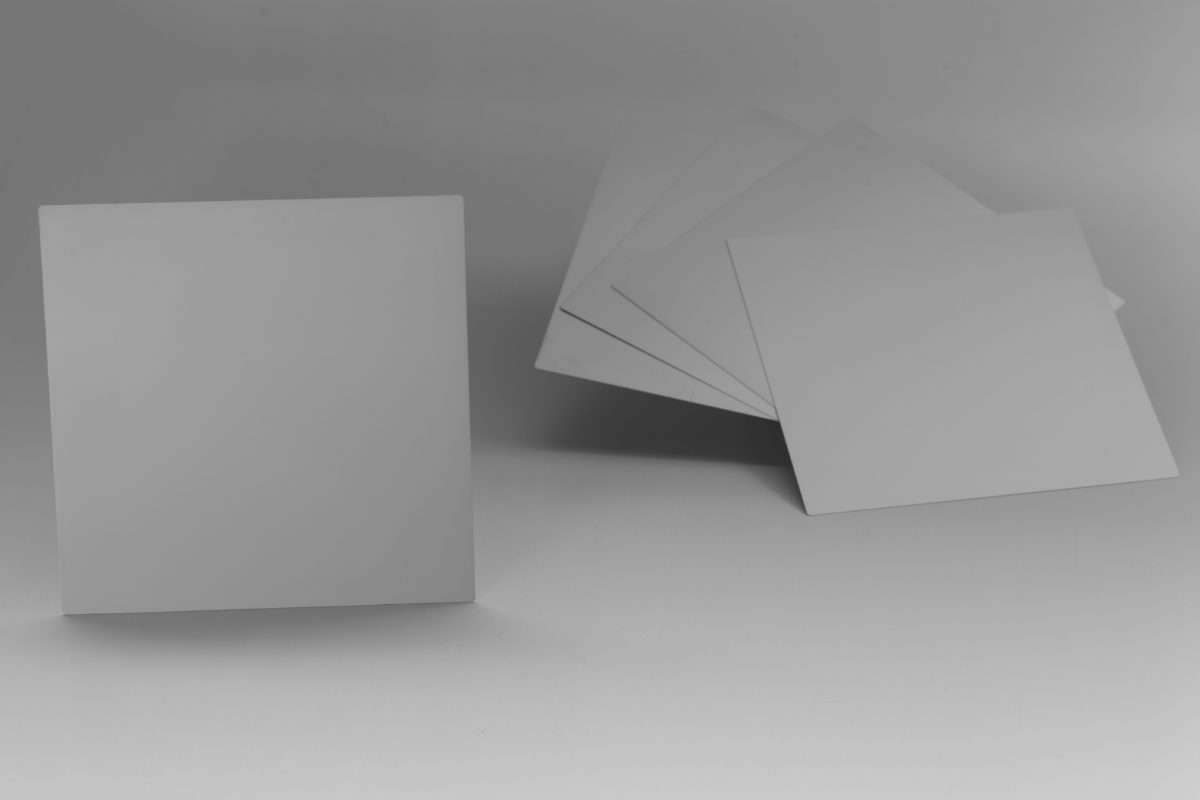Researchers from Zhejiang University in China have developed a new manufacturing technique to produce high-quality mono cast silicon (CM-Si) ingots with a stable monocrystalline ratio for solar cell applications.
Mono ingots and wafers for PV applications are manufactured with seeded cast silicon, which is also known as cast-mono or quasi-mono crystalline silicon. The cast mono process facilitates the production of “mono like” wafer materials using a modified multicrystalline furnace, while avoiding costly investment in ingot pulling machinery. Cast-mono wafers are less susceptible to recombination caused by boron-oxygen defects and have the advantage of lower light-induced degradation.
“Our goal in this work was to increase the tolerance of side multi-crystalline grains' inward growth and to keep the stable monocrystalline ratio with narrower edges,” said researcher Shuai Yuan. “Our new method should help industrial casting manufacturers to improve the comprehensive cost performance of the casting ingots.”
They took photoluminescence (PL) mapping photos of vertical sections of a normal cast mono–crystalline ingot (Ingot A), and the composite silicon made of CM-Si and HPM-Si (Ingot B). They found that the defects in the central nine bricks of ingot B were better controlled, which purportedly shows that the quality of the bricks in Ingot B is close to those of normal HPM-Si and CZ-Si bricks.
“In other words, the yield of cast monocrystalline silicon can be ensured, and the overall cost is remarkably reduced,” said the scientists. “This work introduces a method of fabricating composite cast silicon ingots containing monocrystalline and high-performance multicrystalline bricks.”
Popular content
They described the new manufacturing process in “Higher quality composite silicon ingot with monocrystalline and multicrystalline bricks,” which was recently published in Solar Energy.
Cast mono manufacturing emerged at the start of the decade, but its importance has faded due to a lack of production line capacity. However, with more efficient monocrystalline panels surpassing multi as the industry standard, multicrystalline producers have returned to cast mono technology.
In 2019, Canadian Solar said that it had achieved 22.8% efficiency for its p-type multicrystalline P5 solar cell, based on mono cast technology. Just a few months earlier, rival GCL Systems Integration unveiled cast mono tech modules with 18.9% efficiency.
This content is protected by copyright and may not be reused. If you want to cooperate with us and would like to reuse some of our content, please contact: editors@pv-magazine.com.



BASF were experimenting with cast, thinn-film multi-crystalline wafers back in the late 1990s. This was eventually abandoned (for a range of reasons). But one wonders if it would be possible to grow mono-films silicon films? I’m guessing that the mono-cast silicon ingot sill has to go through sawing – with all the wasteage that implies.